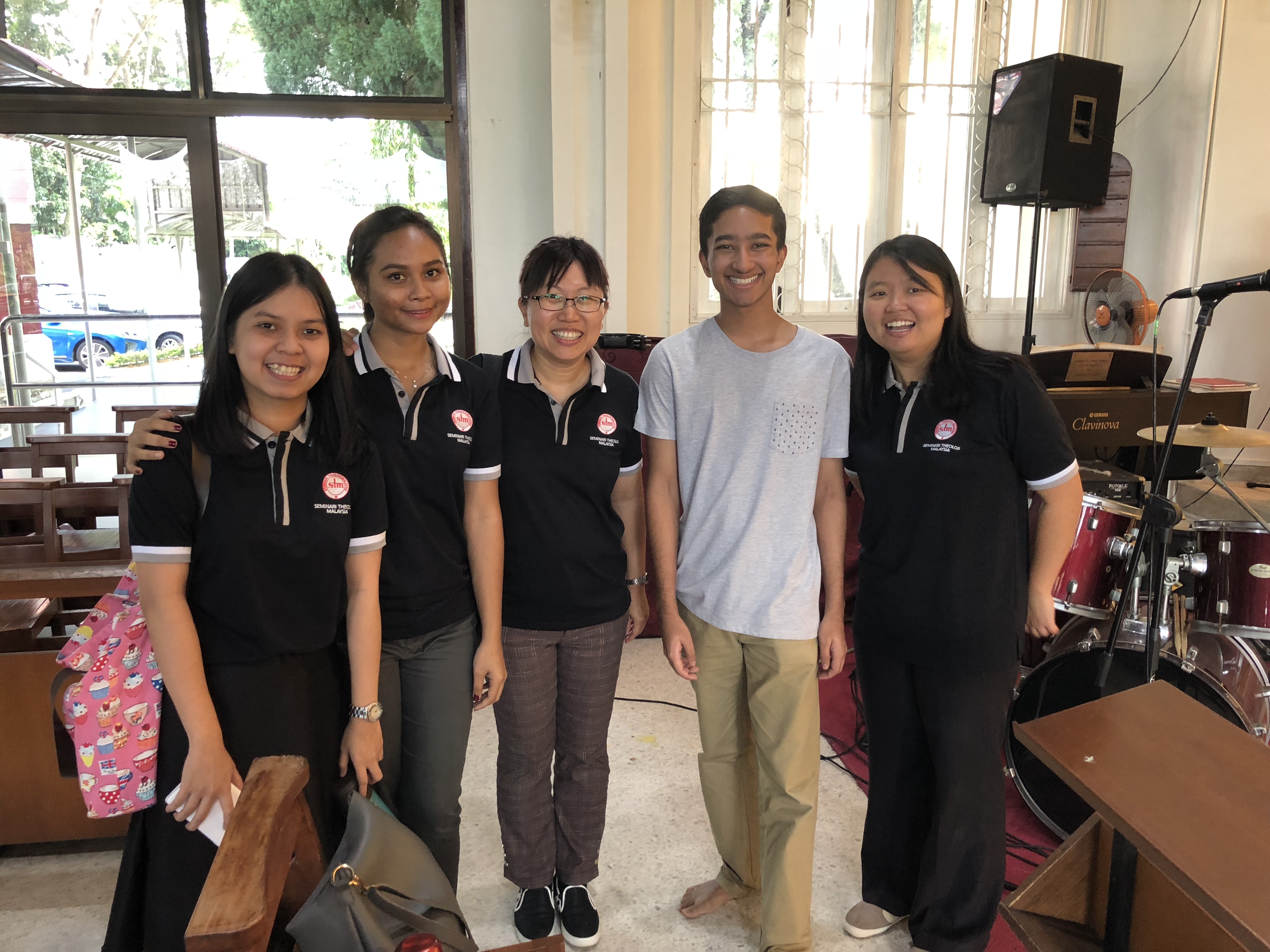Orthodoxy in Malaysia – Service with Seminari Theologi Malaysia
Now an outsider might see it as strange to have the Anglican staff of a seminary support a trip to witness a service that in many ways was contrary to what they believed. Yet, this is what I see as the beauty of being a Christian in Malaysia; having such a tight-knit community that is open to other brothers and sisters in Christ. For as Paul says in Corinthians, “Just as a body, though one, has many parts, but all its many parts form one body, so it is with Christ”. Thus, with this spirit, Phillip Thomas Achen started with the Third and Sixth-hour prayers, but would this be too much? Not only were they attending a different service but now they had to go through it in a language they did not understand, Malayalam. I half expected our visitors to want to leave but to my surprise, they seemed genuinely interested, prodding our members with what seemed to be inquisitive questions. Again, this highlighted to me the strength that fellowship can have as it transcends man-made language and taps into our shared language of faith.
Then began the celebration of the Holy Qurbana in English, where everyone looked more assured and responses were noticeably louder. Achen even repeatedly mentioned page numbers in an attempt to strengthen everyone’s connection to the service. There was this genuine curiosity among the seminary students and this was expressed after the service as Achen offered a ‘Q&A’ session to clear any doubts the students may have had.
This began with Achen briefly explaining our church’s history, our special relationship with the Syrian church and the origin of our traditions. Then a few questions came that questioned many different components of our liturgy, which Achen responded to.
1) What are the different roles in a service? = How our service works is that there must be at least one member of the congregation, a deacon and a priest present. Without one of the three components, a service cannot be conducted because many of our prayers are complimentary prayers and require responses/prayers from all the three roles.
2) Why was there a cross and candles on a mat after the service? = This is to commemorate and pray for the faithful departed. Also, people venerate the cross to remember the service for Good Friday as a sign of devotion, as we remember what Christ said to the thief on the right; you will be with me in paradise. Similarly, we pray that our faithful departed will be in paradise.
3) Do you recite the same prayers every Sunday? = Yes but there is a choice of different songs and melodies for different parts of the service. The liturgy remains relatively unchanged as it essentially goes through the life of Christ. It starts from his birth (“Mary who bore thee forth…”) until the second coming of Christ, which is the end of the service.
4) Do all the priests maintain celibacy? = No. If someone is already married and wants to join the priesthood, that is fine but once someone is a priest, it is against our customs for that priest to be married. Bishops have to be celibate as they first become monks and monastic life requires celibacy.
5) Who can you share the Holy Eucharist with? = We can share the Holy Eucharist with the five other Oriental Orthodox churches, the Coptic, Syrian, Ethiopian, Eritrean, and Armenian churches. This is because we share the same faith and traditions and thus any dogmatic changes must be accepted by all.
A few more questions were asked (including Achen’s age, which was not disclosed!) but the salient feature was how there was a group of passionate Christians that wanted to find out about other beliefs and were happy with what they got out of it. In the end, it was a day of smiles, photos and an enriching experience of unity through our shared love of Jesus Christ.

